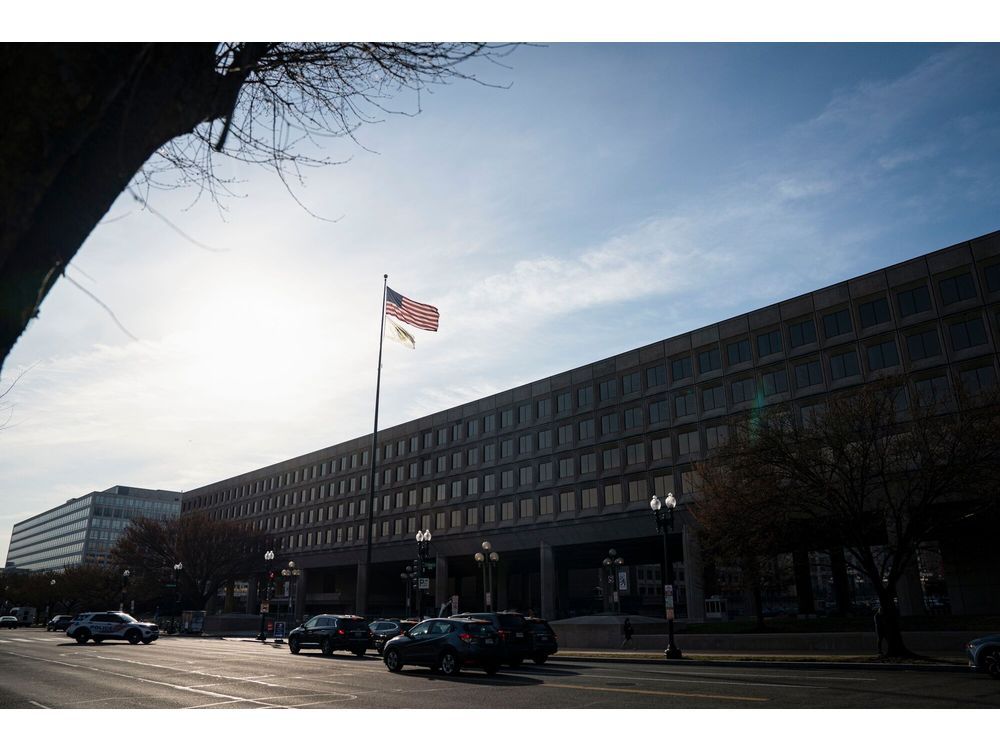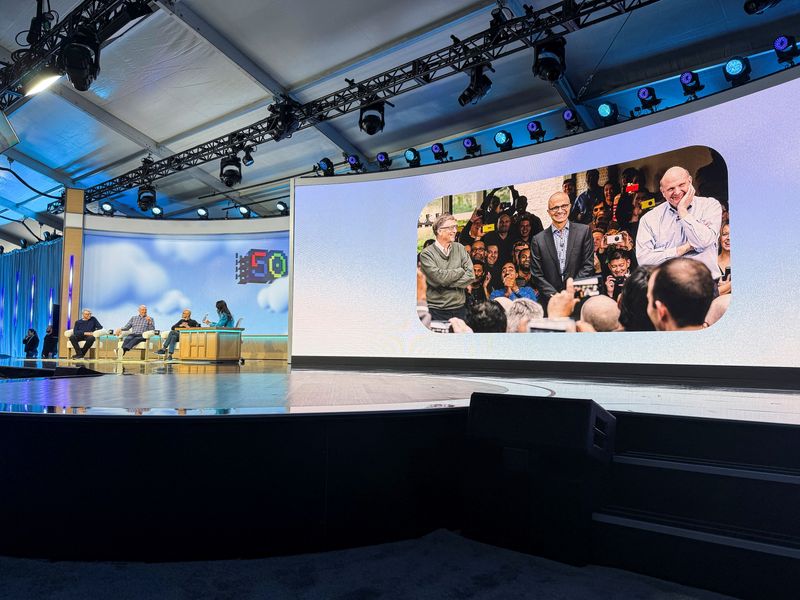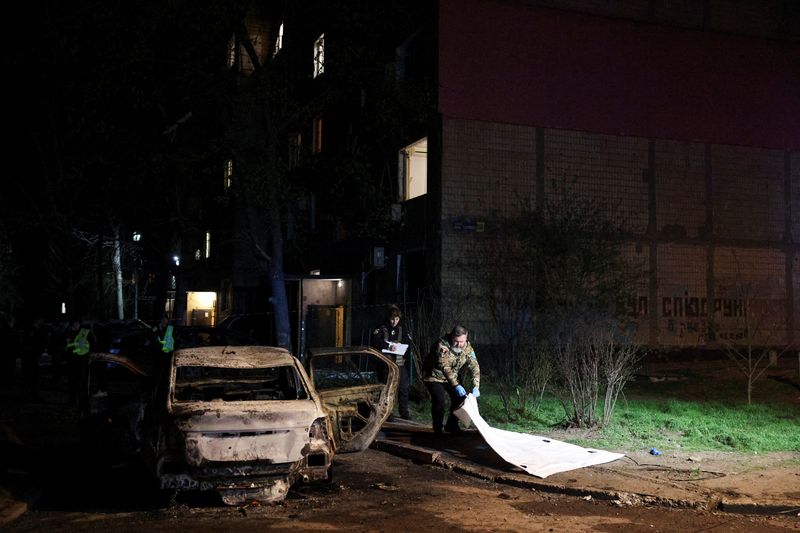Running a successful business requires a healthy cash flow and a positive balance sheet. However, it is common for businesses to experience periods of negative cash flow, where the company’s expenses exceed its revenue.
This can be due to various reasons such as seasonal fluctuations, unforeseen expenses, or market changes. And burn rate is the indicator that measures the rate at which a company is burning through its cash reserves.
Understanding and monitoring your burn rate is crucial for the sustainability and growth of your business.
What is the Burn Rate?
The term ‘burn rate’ is a way to describe how fast a company is using up its cash reserves without making any profits.
This is particularly relevant for new businesses, especially in the tech and life sciences sectors, which are often spending their investment funds to cover operating costs before they start making money.
Essentially, it’s a way of keeping track of the money going out of the business each month. These companies may not yet be profitable, and some may not even have any revenue coming in, which makes monitoring the burn rate even more critical.
It’s a very common phenomenon in start-ups, where businesses are focused on growth and expansion rather than immediate profitability.
Different Types of Burn Rates
There are two main types of burn rates – Gross and Net.
- Gross burn rate: Gross burn rate refers to the total amount of money a company spends each month. It includes all operating expenses, such as employee salaries, office rent, marketing costs, etc.
- Net burn rate: Net burn rate takes into account the revenue generated by the company. This is calculated by subtracting the total income from the gross burn rate.
These two types of burn rates provide different perspectives on a company’s financial health and can help identify areas where costs can be cut or revenue can be increased.
Calculating Burn Rate With Examples
Each type of burn rate is calculated slightly differently, but both provide valuable insights into a company’s financial situation.
- Gross Burn Rate
Gross burn rate = Cash/Monthly Operating Expenses
Where,
- Cash = Total cash reserves available
- Monthly Operating Expenses = Total amount of money spent each month on operating costs.
For example, if a company has $100,000 in cash reserves and spends $20,000 per month on operating costs, its gross burn rate would be:
$100,000/$20,000 = 5 months
This means that at the current rate of spending, the company’s cash reserves will last for 5 months.
- Net Burn Rate
Net burn rate = Cash/Monthly Operating Losses
Where,
- Cash = Total cash reserves available
- Monthly Operating Losses = Total amount of money spent each month on operating costs minus the total revenue generated.
For example, if a company has $100,000 in cash reserves and spends $20,000 per month on operating costs but generates $10,000 in revenue, its net burn rate would be:
$100,000/($20,000-$10,000) = 10 months
This means that at the current rate of spending and revenue generation, the company’s cash reserves will last for 10 months.
Conclusion
Monitoring a company’s burn rate is crucial for understanding its financial health and making strategic decisions. By regularly calculating and analyzing both gross and net burn rates, businesses can identify areas where costs can be reduced or revenue can be increased to improve their overall sustainability and growth.
Further questions
What's your question? Ask it in the discussion forum
Have an answer to the questions below? Post it here or in the forum




